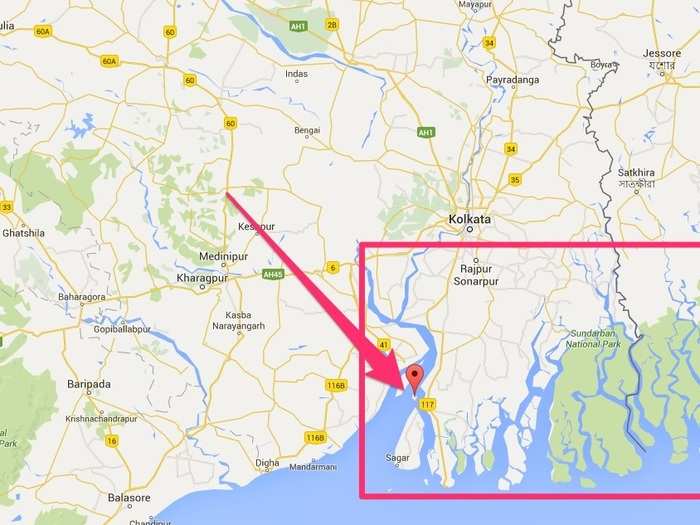


![For this series, I simply focused on two facts — [the] disappearing island and its inhabitants," Lee told Business Insider. "I found some symbolic landscape that explained the situation of the island and [I photographed] the inhabitants on this land to show their home is disappearing. For this series, I simply focused on two facts — [the] disappearing island and its inhabitants," Lee told Business Insider. "I found some symbolic landscape that explained the situation of the island and [I photographed] the inhabitants on this land to show their home is disappearing.](/thumb/msid-60085318,width-700,height-525/60085318.jpg)

Source: The New York Times

Source: Academia.edu



Source: Europe UNDP

Source: The New York Times

Source: The New York Times



Source: The New York Times

 A teenager accidentally hits the accelerator pedal, and a five-year-old boy loses his life in a tragic incident in Bengaluru
A teenager accidentally hits the accelerator pedal, and a five-year-old boy loses his life in a tragic incident in Bengaluru
 Amid growing political uncertainty in Pakistan, IMF expresses concern over its financial stability
Amid growing political uncertainty in Pakistan, IMF expresses concern over its financial stability
 OPINION: Balancing act or pure jugglery — navigating professional challenges as a working mother
OPINION: Balancing act or pure jugglery — navigating professional challenges as a working mother

Copyright © 2024. Times Internet Limited. All rights reserved.For reprint rights. Times Syndication Service.